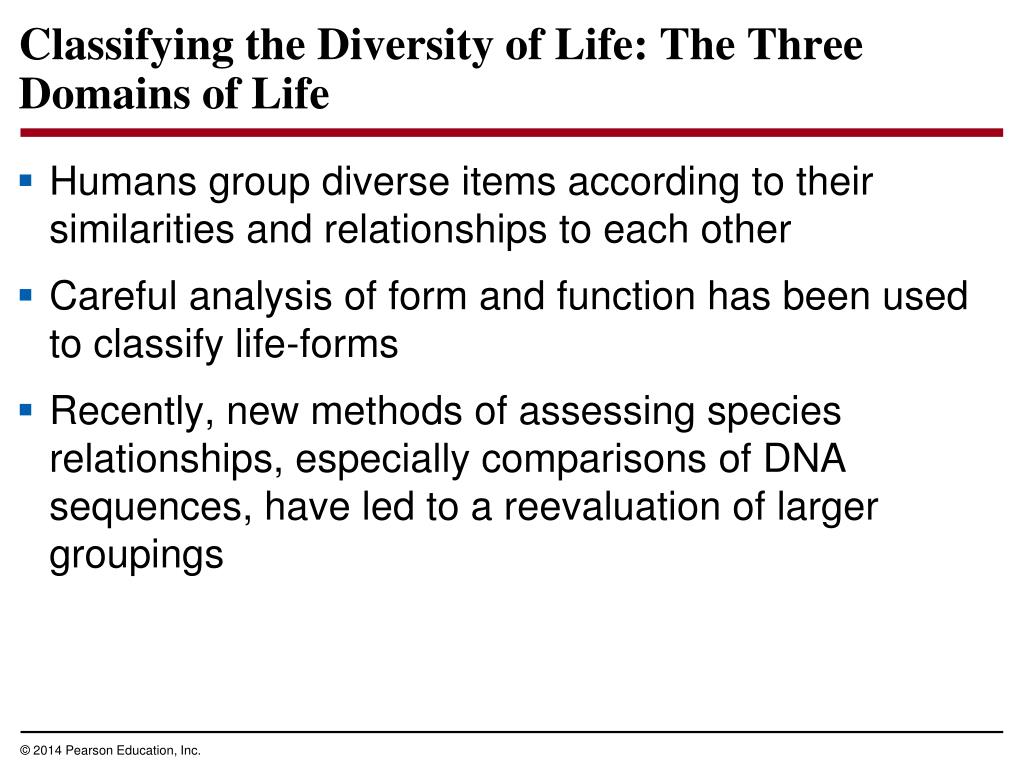



Science Models, Laws, Mechanisms, and Theories Explain Natural Phenomena Communicate scientific information (e.g., about phenomena and/or the process of development and the design and performance of a proposed process or system) in multiple formats (including orally, graphically, textually, and mathematically).

Obtaining, evaluating, and communicating information in 9–12 builds on K–8 experiences and progresses to evaluating the validity and reliability of the claims, methods, and designs. Obtaining, Evaluating, and Communicating Information Evaluate the evidence behind currently accepted explanations or solutions to determine the merits of arguments.Arguments may also come from current or historical episodes in science. (HS-LS4-2),(HS-LS4-4)Įngaging in argument from evidence in 9-12 builds on K-8 experiences and progresses to using appropriate and sufficient evidence and scientific reasoning to defend and critique claims and explanations about the natural and designed world(s). Construct an explanation based on valid and reliable evidence obtained from a variety of sources (including students’ own investigations, models, theories, simulations, peer review) and the assumption that theories and laws that describe the natural world operate today as they did in the past and will continue to do so in the future.(HS-LS4-6)Ĭonstructing Explanations and Designing SolutionsĬonstructing explanations and designing solutions in 9–12 builds on K–8 experiences and progresses to explanations and designs that are supported by multiple and independent student-generated sources of evidence consistent with scientific ideas, principles, and theories. Create or revise a simulation of a phenomenon, designed device, process, or system.Simple computational simulations are created and used based on mathematical models of basic assumptions. Mathematical and computational thinking in 9-12 builds on K-8 experiences and progresses to using algebraic thinking and analysis, a range of linear and nonlinear functions including trigonometric functions, exponentials and logarithms, and computational tools for statistical analysis to analyze, represent, and model data. Using Mathematics and Computational Thinking Apply concepts of statistics and probability (including determining function fits to data, slope, intercept, and correlation coefficient for linear fits) to scientific and engineering questions and problems, using digital tools when feasible.Science and Engineering Practices Analyzing and Interpreting DataĪnalyzing data in 9–12 builds on K–8 experiences and progresses to introducing more detailed statistical analysis, the comparison of data sets for consistency, and the use of models to generate and analyze data. The performance expectations above were developed using the following elements from the NRC document A Framework for K-12 Science Education: Ĭreate or revise a simulation to test a solution to mitigate adverse impacts of human activity on biodiversity.* Įvaluate the evidence supporting claims that changes in environmental conditions may result in (1) increases in the number of individuals of some species, (2) the emergence of new species over time, and (3) the extinction of other species. Ĭonstruct an explanation based on evidence for how natural selection leads to adaptation of populations. Īpply concepts of statistics and probability to support explanations that organisms with an advantageous heritable trait tend to increase in proportion to organisms lacking this trait. Ĭonstruct an explanation based on evidence that the process of evolution primarily results from four factors: (1) the potential for a species to increase in number, (2) the heritable genetic variation of individuals in a species due to mutation and sexual reproduction, (3) competition for limited resources, and (4) the proliferation of those organisms that are better able to survive and reproduce in the environment. Students who demonstrate understanding can: HS-LS4-1.Ĭommunicate scientific information that common ancestry and biological evolution are supported by multiple lines of empirical evidence. HS-LS4 Biological Evolution: Unity and Diversity


 0 kommentar(er)
0 kommentar(er)
